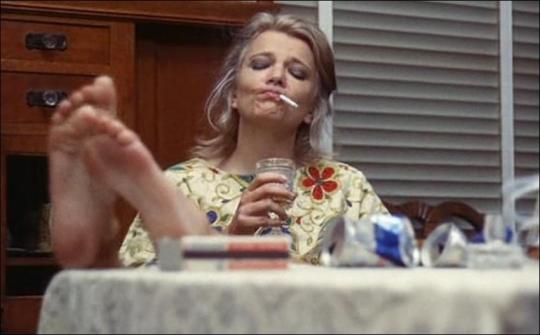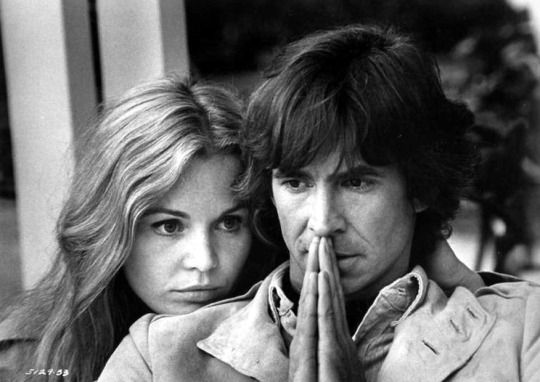Not Mad, Just Disappointed: Mothers on the Edge in the 70s and Presentby Charles Bramesco
By Yasmina Tawil

Starting in the early 70s right on through to his departure in 1982, showbiz executive Ned Tanen turned Universal Pictures into a hotbed of creativity, throwing respectable budgets at daring, original directors and meeting with box-office success more frequently than he didnt. This halcyon era of studio-sanctioned risks yielded American Graffiti, Animal House, Jaws, and The Deer Hunter, and positioned Universal as an exemplar of New Hollywoods ethic of innovation and experimentation. One of the lesser-known beneficiaries of Tanens permissive doctrine was director Frank Perry, who used his authorial latitude to pull off a pair of vital releases that would have otherwise been a difficult sell, to put it mildly.
Sister films Diary of a Mad Housewife and Play It As It Lays could have only been made in the 70s, when their disillusioned, harshly critical, even accusatory stance happened to be in vogue. Their subjects live relatively similar lives and chafe under roughly the same social pressures: two women, both beset on all sides by unfeeling husbands, manipulative lovers, and children they cant connect with. Alongside contemporary filmmaker John Cassavetes and his Gena Rowlands-led masterpiece A Woman Under the Influence, Perry spearheaded a small movement of pictures focused on the hazardous expectations placed on mothers, and the deleterious psychological effects they can have. They established a tradition that still lives on today in such fine films as Xavier Dolans polarizing Mommy and Trey Edward Shults recent feature debut Krisha. But as the world and its dominant attitudes towards maternal duty have evolved, so too has the way this micro-genre interfaces with its subjects.

Perrys nervous-breakdown diptych and most of Cassavetes collaborations with Rowlands were strongly informed by the tenets of second-wave feminism, and its aspirations to reconfigure the womans role in the home and other social spaces. Play It As It Lays adapted Joan Didions novel about an actress named Maria (played with total commitment by a tremulous Tuesday Weld) contending with a slow-moving divorce from her vindictive producer husband, a rotating carousel of equally unfulfilling sexual flings, an unstable daughter cooped up in a sanatorium, and a chronically depressed best friend played by Anthony Perkins. Likewise, as mad housewife Tina Balser, Carrie Snodgress is stuck with one of the worst husbands in cinema history in Richard Benjamins sniveling social climber. He treats her like an all-in-one servant-hooker-secretary, when not actively and deliberately abusing her. To make matters worse, her offspring is a nasty-tempered little brat who openly berates Mom at every opportunity.



